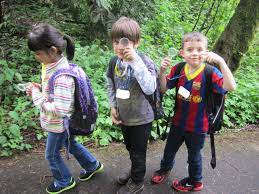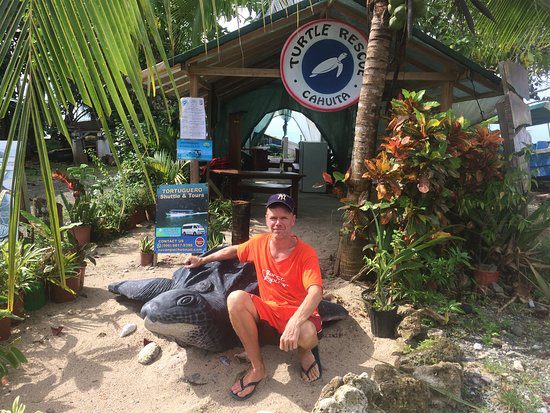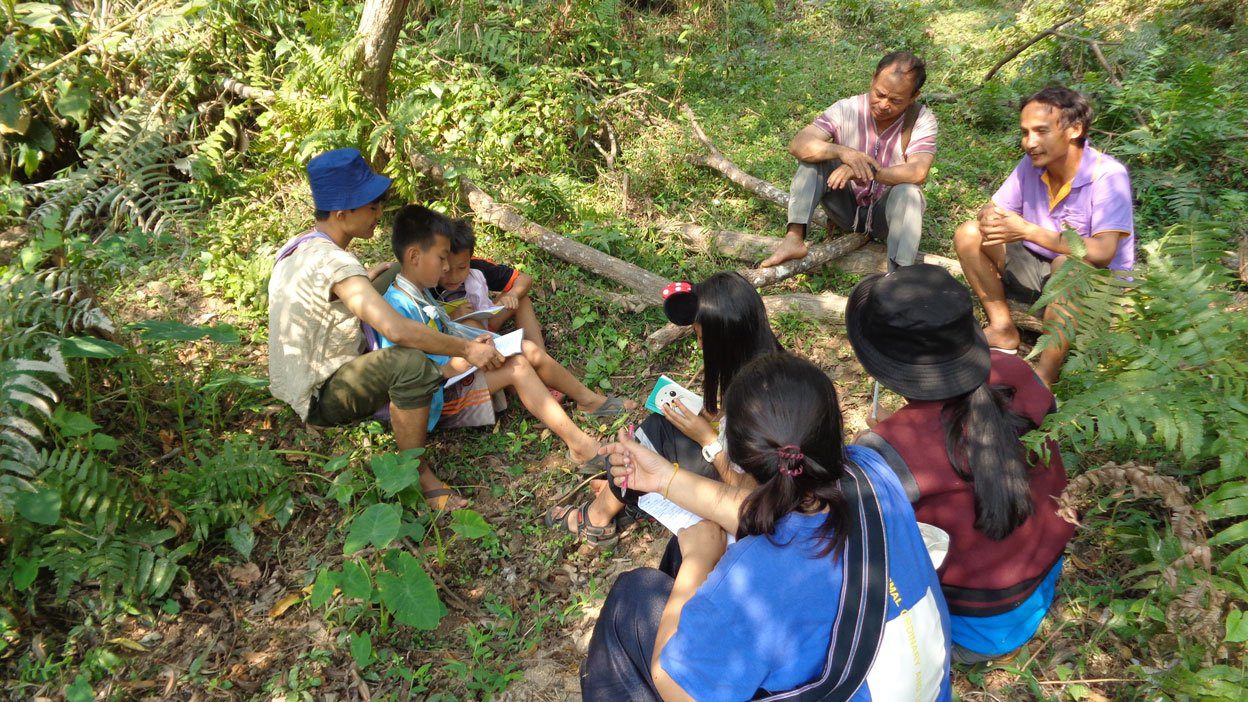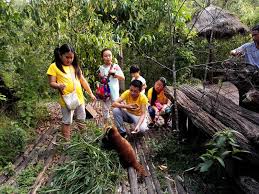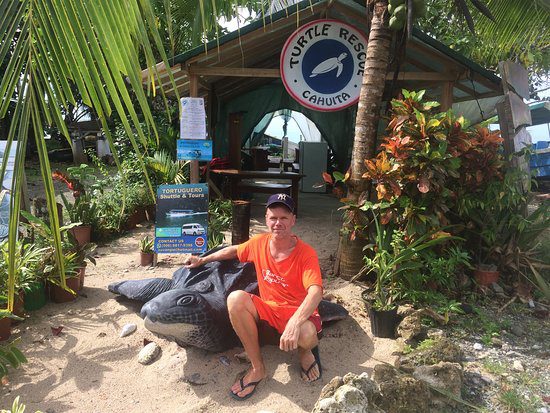Contents
School Tour | National Park of Cahuita | Turtle Rescue Foundation
Our aim with this school project is to teach kids from Limón more about the nature conservation, and the history of how Costa Rica, protects and takes care of wildlife, flora, and fauna.
A visit to the National Park of Cahuita, as well the Turtle foundation of Cahuita.
Tour – What to expect? Learn, Play and have Fun
[[[,,,,,,,,,,,,,,,,,,,,,,,,,,,,,,,,,,,,,,,,,,,,,,,,,,,,,,,,,,,,,,,,,,,,,,,,,,,,,,,,,,,,,,,,,,,,,,,,,,,,,,,,,,,,,,,,,,,,,,,,,,,,,,,,,,,,,,,,,,,,,,,,,,,,,,,,,,,,,,,,,,,,,,,,,,,,,,,
,,,,,,,,,,,,,,,,,,,,,,,,,,,,,,,,,,,,,,,,,,,,,,,,,,,,,,,,,,,,,,,,,,,,,,,,,,,,,,,,,,,,,,,,,,,,,,,,,,,,,,,,,,,,,,,,,,,,,,,,,,,,,,,,,,,,,,,,,,,,,,,,,,,,,,,,,,,,,,,,,,,,,,,,,,,,,,,
,,,,,,,,,,,,,,,,,,,,,,,,,,,,,,,,,,,,,,,,,,,,,,,,,,,,,,,,,,,,,,,,,,,,,,,,,,,,,,,,,,,,,,,,,,,,,,,,,,,,,,,,,,,,,,,,,,,,,,,,,,,,,,,,,,,,,,,,,,,,,,,,,,,,,,,,,,,,,,,,,,,,,,,,,,,,,,,]]]
Duration
Approximately: 5 hours.
What to bring with you?
Sunscreen, drinking water, eventually, rain cover. It can sometimes be difficult to make a valid weather forecast.
Our Tour guides
Our guides are genuinely local and experienced tour professionals. They harbor a sincere and profound passion for nature and wildlife, deeply respect Costa Rican culture, are thoroughly prepared, and are licensed by the ICT (Costa Rican Tourism Institute).
Pricing
Pricing is upon request, as well as the program will be tailor-made, based upon educational added value, and preferences of the school. Lunch can be arranged, and fresh fruit is included.
National Park of Cahuita
The National Park of Cahuita located at the Southern part of the Caribbean Coast of Costa Rica, was founded in 1978. It is still the only national park in Costa Rica that depends exclusively on donations.
These are used to keep the park in the best possible conditions, free of pollution, and to ensure the safety of the wildlife and visitors to the park.
A variety of adventurous, wildlife, hiking and trekking tours are offered by our tour guides.
The Coral Reef at The National Park of Cahuita is protected, and can only be visited by assistance of tour guides with a permit.
It is the largest fringing reef of the Caribbean in the country. This reef consists of three barriers, and it is a protected coral reef; the outer barrier, stretching for 3 miles from the Western side of Punta Cahuita, to the Eastern side, it is separated from the coast between 100 m and 2 miles.
It is a nesting ground for sea turtles, but that is not all you will see if you go scuba-diving or snorkeling. The Reef is filled with over 240 marine life, including tropical fish species, sea urchins, sea cucumbers, manta rays and even 3 species of sharks call the coral line reef home. There are at least 35 species of coral, over 120 species of fish and many mollusks and crustaceans.
Wildlife
Cahuita National Park is home to numerous species of wildlife. Among the more common mammals are armadillos, raccoons, sloths, howler, and capuchin monkeys. There are many species of reptiles and amphibians including blue jeans dart frogs and red-eyed-leaf frogs, green iguanas, whip-tailed lizards, green vine snakes and boa constrictors.
Perhaps the most notable reptile is the yellow eyelash pit viper, which has a brilliant golden yellow color. Many birds inhabit the park including keel-billed and chestnut mandible toucans, fiery-billed aracaris, oropendolas, parakeets, parrots, herons, egrets, the ibis, the kingfisher, the Common black hawk and the woodpecker.
Nature, Flora, and Fauna
The half day tour from Puerto Vargas inherits a different flora and fauna compared to Cahuita. The swamp forest and ancient trees, as well as the quote of birds, make it definitely worthwhile.
On poorly drained land in forested lowlands, where the ground is firmer than in Ravia swamps, one finds wooded swamps with buttressed Pteropus trees and various palms, all burdened with many lianas. Habitat of Green Ibis, Rufescent Tiger-Heron and Green-and-rufous Kingfisher.
Most of the ground on this evergreen swamp forest is underwater most or all of the year; decaying vegetation and poor drainage allow tannins to accumulate, producing the characteristic ‘Black waters’.
Luckily, they constructed a long elevated footpath over the forest floor, a unique way to experience this Neo tropical rainforest.
The Protected Reef at Cahuita
The marine life, sea life, or ocean life is the plants, animals and other organisms that live in the salt water of the sea or ocean, or the brackish water of coastal estuaries. At a fundamental level, marine life affects the nature of the planet. Marine organisms, mostly microorganisms, produce oxygen and sequester carbon.
Marine life in part shape and protect shorelines, and some marine organisms even help create new land (like coral building reefs). Most life forms evolved initially in marine habitats. By volume, oceans provide about 90% of the living space on the planet. The earliest vertebrates appeared in the form of fish, which live exclusively in water. Some of these evolved into amphibians, which spend portions of their lives in water and portions on land.
One group of amphibians evolved into reptiles and mammals and a few subsets of each returned to the ocean as sea snakes, sea turtles, seals, manatees, and whales. Plant forms such as kelp and other algae grow in the water and are the basis for some underwater ecosystems. Plankton creates the general foundation of the ocean food chain, particularly phytoplankton, which are key primary producers.
Marine invertebrates exhibit a wide range of modifications to survive in poorly oxygenated waters, including breathing tubes as in mollusk siphons. Fish have gills instead of lungs, although some species of fish, such as the lungfish, have both. Marine mammals (like dolphins, whales, otters, and seals) need to surface periodically to breathe air.
Cahuita Reef, has over 500 fish species, including 3 types of sharks, which you might encounter while snorkeling, but a dozen of other fish species like dolphins, blue parrot fish, rock beauty, the French angelfish and even the dangerous scorpio fish.
Turtle Rescue Center of Cahuita
The most common sea turtles in Costa Rica are: The Leatherbacks is quite rare around Cahuita, besides (‘Big Beach’)most often you will encounter the Hawks bill or ‘Carey’ and the ‘Green Turtle which nest on the Caribbean coast. The Hawks bill turtles, which nest in Cahuita National Park from September till January, and the hatching period, is approximately from January till March.
There is a good chance during a snorkeling trip, you will get encountered with these amazing marine creatures.
Cahuita has its own rescue center to promote the protection and survival of sea turtles. They act as a community protector of the native wildlife in the area, therefore ensuring the survival of the sea turtles and guarding of the natural treasures.
The Turtle Rescue Center of Cahuita works with volunteers from the Local Community of Cahuita, and Biologists. Definitely worth a visit. Our tour guides are eager to show the directions where to go, or accompany you, to show the work of this foundation. We recognize ourselves as part of the ecosystem and the guarantors of its balance.
School Project | Nature Conservation | Learn Play and Have Fun
